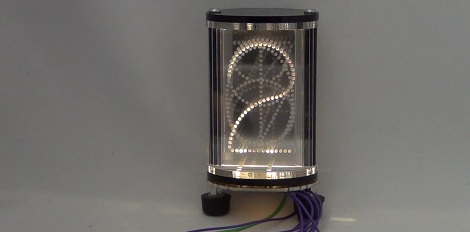

In case you missed them the first time around, here are our most popular posts from the previous week:
Our most read post is one about [Ben’s] project where he created an electric motorcycle that has a range of 20 miles. This is a pretty comprehensive tutorial that goes into some good detail about what you will need to do to convert a motorcycle over to electric.
Coming in at second place is [dmw’s] project where they created their own keyboard from scratch. We’re not too sure about the choice to stick the space bar(s) up in the corners but otherwise it looks like a really nice build.
Are you one of *those* people who likes to make the presents that they give as difficult as possible to open? Our #3 post of the week is one project that you should definitely check out. In this post, [Neowinian^2] shows how he and some friends encased some wedding cash inside of a giant cube of sugar!
Have you always wanted to say that you took some classes at MIT but were caught by the little technicality that you didn’t live in Boston? Fret no more my friend, MIT has just announced an online class program. You won’t be able to get a MIT degree remotely quite yet but this is a step in that direction.
Finally, we get to another keyboard project. This keyboard is a programmable keyboard that almost looks like the keypad on the end of an accordion (plus some other goodies). This keyboard was built by [Tim Tyler] and is designed to allow you to take full advantage of your thumbs instead of banishing them to the space bar.













